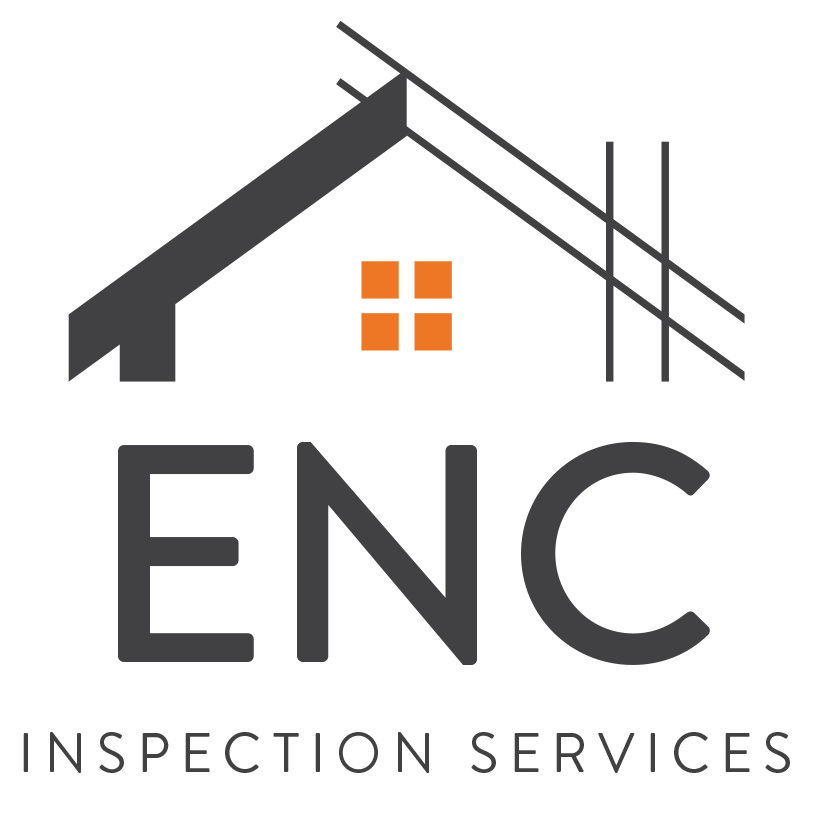
Ready, Set, Relax
No matter the season, cleaning and maintaining your pool or spa is important. Keeping up with your pool and spa doesn’t have to be a huge chore. Enjoying a clean, safe and relaxing swimming area is easier than ever with regular maintenance. Whether you choose to handle minor issues on your own or want to leave everything to a professional, you can protect your investment and keep your swimming area in good shape for many years to come. Getting a Pool Spa Inspection can be another way to get to know your system!
Maintaining Your Pool Or Spa Can Be Easy
You don’t have to be a pool or spa expert to enjoy a clean and relaxing dip in the family swimming pool. Follow these routine tips for a beautiful season, POOLSIDE!
5 Useful Tips for Maintaining Your Pool and Spa
1. Skim and Clean Debris Regularly
Taking the time to skim the surface of your pool or spa every few days can help to keep the grime and build up to a minimum. As floating debris sinks, it can become more difficult to remove and may create more difficult cleaning issues if left for too long. Regular skimming can also help keep the water circulation system working at a higher efficiency and possibly lower the amount of chemicals needed to keep the water clean and clear. Win Win

2. Vacuum and Clean Walls
It is also a good idea to vacuum your pool or spa once a week. This helps to keep the water crystal clear and inviting. This will also help limit the amount of chemicals required to keep the water clear and clean. You can choose from manual vacuums, automatic vacuums or enlist the help of a professional to literally do the dirty work for you. Brushing the walls and tile surrounding your pool or spa will greatly help to reduce the grime and dirt build up as well. A little routine maintenance makes sure your pool or spa is ready when you are!
Good Water Circulation
Moving water is cleaner, clearer, and safer. Proper pool circulation is key to healthy and safe swimming.
A pool with good circulation rarely has issues like cloudy water or pool algae infestation. Keep your pump and filter system running daily to maximize circulation.
How long should you run your pool pump? Ideally, 24 hours a day, 7 days a week. But since that’s not feasible for everyone’s budget or equipment, it’s recommended you run your filter at least 10 to 12 hours a day. That will turn the water over a few times and help keep your pool safe and clean.
The other key component to good pool circulation is frequently backwashing* your filter. Backwashing refers to reversing the flow of water through your filter and shunting the dirty water and built-up contaminants to the waste port, carrying them out of your pool. If you’re not sure how to clean a pool filter, it’s imperative to learn and make it part of your regular pool care routine.
*The method you use to clean and backwash your filter depends on the type of filter you have, but the underlying concepts are largely the same.
3. Know your Levels
Pool and spa water needs to be tested regularly to help ensure that it is clean and safe for swimming. You can monitor the pH levels on your own with a handy testing kit, available at local pool shops and hardware stores. Better left to the experts? Most pool companies have both cleaning and maintenance programs available. They will get your pool clear and the pH levels regulated before you know it.

The three most important parts of pool water chemistry are:
- pH levels: The measure of how acidic or basic your pool water is. Low pH levels are acidic, while high levels are basic. The ideal range for your pool is 7.4 to 7.6.
- Alkalinity: Works as a pH buffer and helps avoid spikes in basicity or acidity. The ideal range is 100 to 150 parts per million (ppm). You can use baking soda to increase your pool’s alkalinity level.
- Sanitizer levels: The amount of chlorine, bromine, etc. in your pool water. Proper levels vary depending on which type of sanitizer you choose.
Once you know your pH, alkalinity, and sanitizer levels, you can start to add chemicals to tweak your water balance. Be patient, follow all the directions, and be sure you know,
1. What each chemical does.
2. How it will affect the water (and the folks who swim in it), before you add it.
Pro Tip — Estimating Pool Capacity
Rectangular pool: length x width x average depth x 7.5 = gallons of water
Round pool: diameter x diameter x average depth x 5.9 = gallons of water
Oval pool: length x width x average depth x 5.9 = gallons of water
5. Winterize Your Pool and Spa
For outdoor pools and spas in seasonal areas, winter maintenance is a must. Whether you winterize yourself or call in a professional, evaluate your winterization options and choose the solution that best fits your needs. From pool and spa covers, to draining the water and everything in between, make sure you’ve got it covered (literally) and turn closing your pool or spa for the winter into a simple task.

Keep Your Pool and Spa in the Best Shape Possible
With regular cleaning and maintenance steps performed on your own or with the help of your full-service technician, you will be able to relax and enjoy your swimming area for many years to come. Whether you are into DIY or want to leave the hard stuff to the professionals, it is important that your pool and spa receive regular care.

Be Safe and Have Fun!!!



